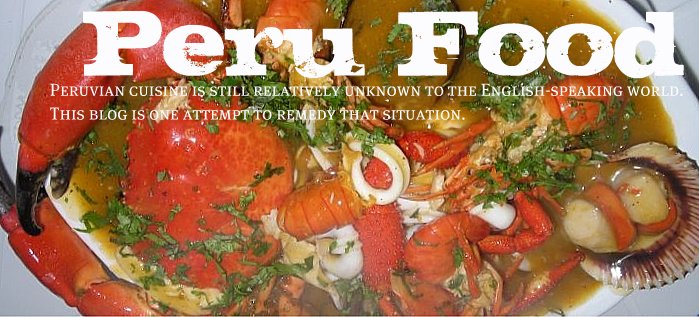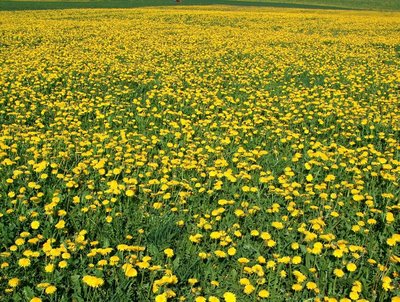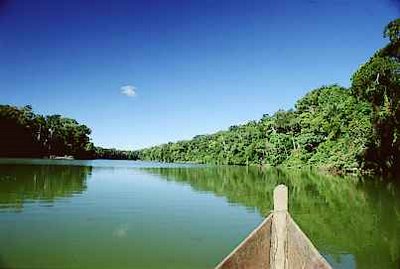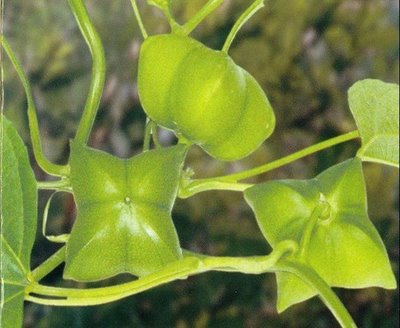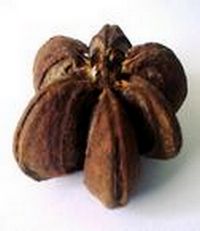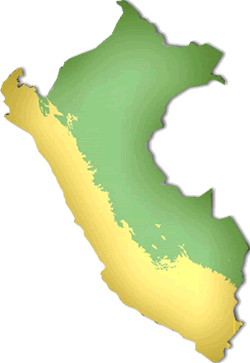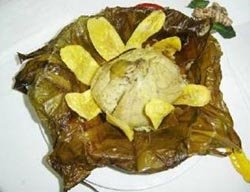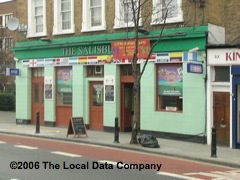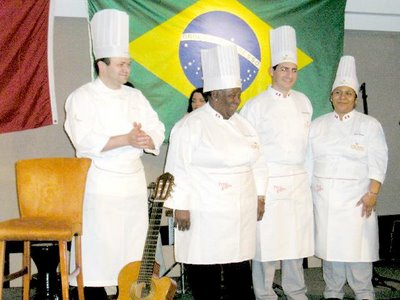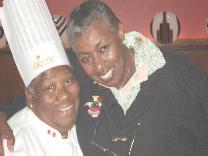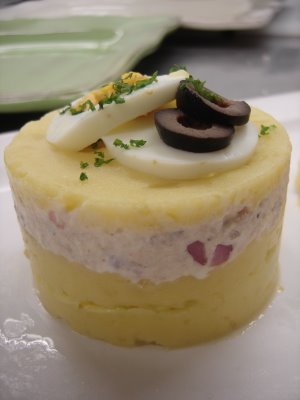 Photo: Lall
Photo: LallWhat is that strange yellow beverage everyone is drinking?
It's the first question a Peruvian food newbie asks when confronted with Peru's ubiquitous soda: Inca Kola.
It's a drink people either love or hate, but personal preferences aside, it has an interesting history in the annals of the global carbonated beverage world. It really is the tale of the little cola that could.
What many may not know is that the extremely sweet (some say the taste is similar to bubble gum or pineapple) and brightly yellow soda (some say it looks like, well, I'll let you figure that one out) is one of just a handful of locally produced colas in the world that was never able to be beaten by the world's number one soft drink: Coca-Cola.
Despite years of trying to dominate the Peruvian market, Coca-Cola finally gave up and decided it had to buy a share of Inca Kola because it simply couldn't outsell it.
It was back in 1910, when a young English couple arrived by boat in the port of Callao to start a new life in Peru. Settling in Rimac, one of the most historic districts of Lima, José Robinson Lindley and his wife Martha opened a small shop where they sold homemade carbonated beverages.
In 1935, Lima was celebrating 400 years since its founding, and the Lindleys decided to produce a unique drink to commemorate the event and their new homeland.
José Lindley had learned of a concoction based on hierba Luísa, lemon verbena, and began experimenting with different mixtures, fussing with the ingredients and the levels of carbonation until finding just the right formula. Thus was born, Inca Kola, a fruity soda that was launched with this catchy slogan:
Inca Kola, sólo hay una y no se parece a ninguna.
Inca Kola, there is only one, unlike any other.
By 1945, Isaac Lindley, José and Martha's son, improved the technology and expanded Inca Kola's reach in the Peruvian market. Within a few short years, Inca Kola was the leading bottled beverage sold in Peru, in part because it appealed to the Peruvian sense of national identity. After all, how many sodas are named after the Incas?
 Photo: Matito
Photo: MatitoFor years, Coca-Cola and its arch-rival Pepsi tried to dominate the Peruvian market, but despite their vast resources, they were never able to overtake Inca Kola as the preferred soft drink of the Peruvian public.
Inca Kola cleverly marketed itself as the nationalistic soft drink option, and Peruvians drank it by the gallons. Knowing the Peruvian market, Inca Kola targeted small mom-and-pop shops and restaurants, offering incentives and marketing assistence. Partly due to national pride, partly due to its sweet flavor, and partly due to its cost (less than its rivals) Inca Kola became the leader of the Peruvian soft drink industry. One of its key marketing strategies was to convince Peruvians that Inca Kola was a much better complement to Peruvian food than either Coke or Pepsi.
Finally, in 1999, Coca-Cola and the Corporación José R. Lindley entered in a strategic alliance whereby the multinational purchased 50% of the company for a rumored $300 million.
From its small, almost artisanal origins in Rimac, Inca Kola now has the largest soft drink bottling plants in Peru. Wherever you go in Peru, from coastal beach towns, to Andean villages thousands of feet above sea level, to the hot steamy jungle towns, Inca Kola is still the preferred soda of Peruvians.
Peruvians love their Inca Kola. There is a sense of pride that a soda in a small, poor country was not able to be overtaken by the most important beverage company in the world. Fast-food restaurants like the Peruvian company Bembo's switched from Coke to Inca Kola, and even McDonald's had to come to a unique agreement with Coca-Cola to allow both beverages to be sold in its restaurants, something unheard of in the fast-food restaurant industry. Inca Kola was like the persistent lover that had come into the marriage between McDonald's and Coca-Cola. In Peru, Big Macs are eaten with Inca Kola, not Coke.
What has really surprised me is that in the past few years, Inca Kola is now available in many Latino-oriented supermarkets here in Los Angeles. Any Peruvian restaurant in the United States worth its salt sells Inca Kola. And, Inca Kola is now bottled at a Coca-Cola plant in New York state. This is due to the deal the Lindleys made with Coca-Cola.
Inca Kola has a mystique in Peru and I'm sure dissertations have been written about it. When the partnership between the two companies was clinched in 1999, the Lindleys came out winners. Not only had they earned an incredible sum of money, they were also awarded bottling rights at their plants for all Coca-Cola products sold in Peru, and Coca-Cola agreed to use its formidable marketing muscle to expand Inca Kola into markets outside of Peru.
 Photo: Monztro Man
Photo: Monztro ManFor those who read Spanish, there is a great excerpt of an article in the Peruvian magazine Etiqueta Negra by Marco Avilés and Daniel Titinger (who allowed me to translate, The Ceviche Route in an earlier Peru Food post).
They tell story of M. Douglas Ivester, Coca-Cola's CEO who arrived in Lima in 1999 to work out the final details in the new joint venture. As part of the ceremonies, Ivester had to drink a glass of Inca Kola at a press conference which became a Peruvian media frenzy. It was the symbolic defeat of Coca-Cola in Peru. Quite simply, Coke was not able to convince the Peruvian public that it was a better soft drink. The next day's newspapers all had photos of Iverson splashed on their front pages with the caption: Coca-Cola's President Toasts with Inca Kola. In the cola wars, the Third World David had beaten the First World Goliath.
Rumor has it that Iverson hated the taste of Inca Kola, calling it too sweet, and some have less than kindly attributed this statement to him: Looks like pee, tastes like bubble gum.
That may be the case, but 28 million Peruvians can't be wrong.
Peru.Food@gmail.com
.
.
.
Click here for the Peru Food main page.
TAGS: Peru, Peruvian, food, cooking, cuisine, cocina, comida, gastronomía, peruana
TAGS: Peru, Peruvian, food, cooking, cuisine, cocina, comida, gastronomía, peruana
